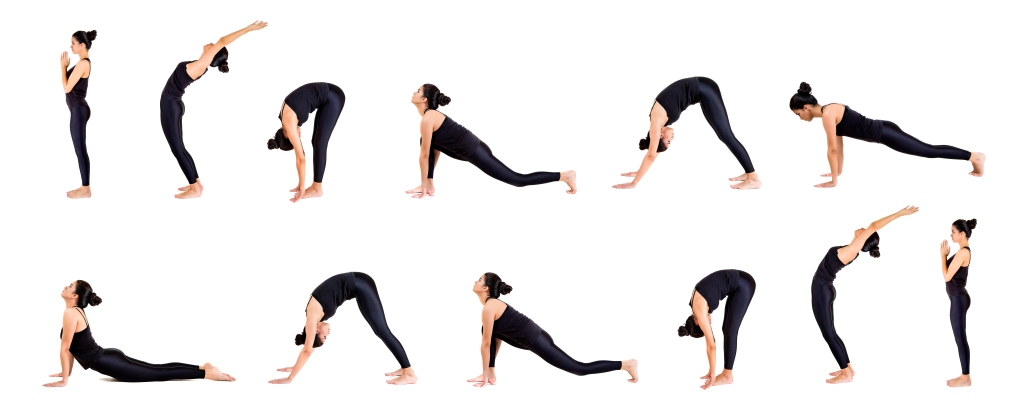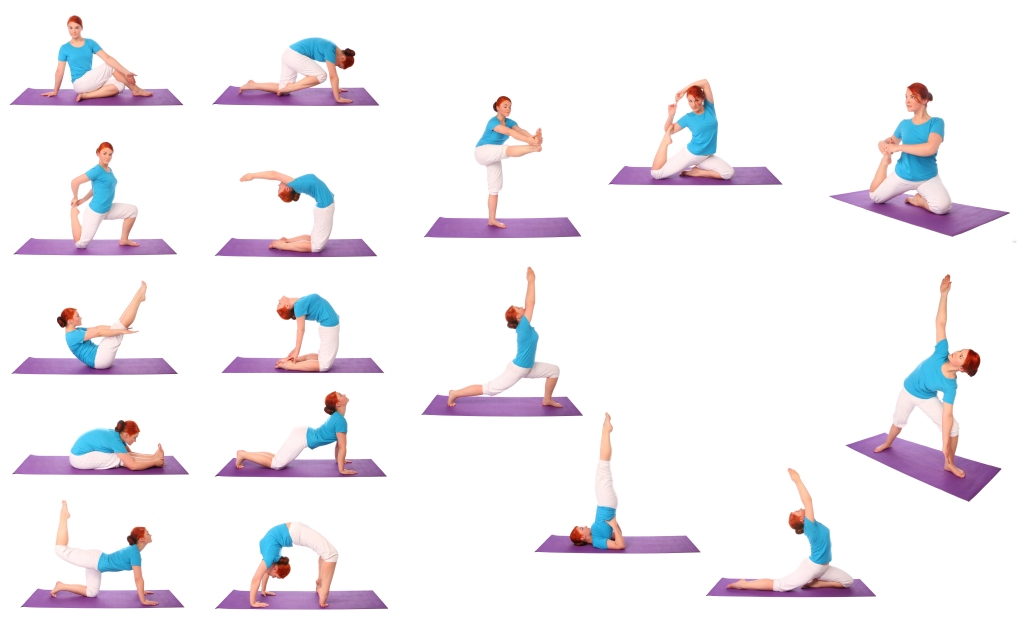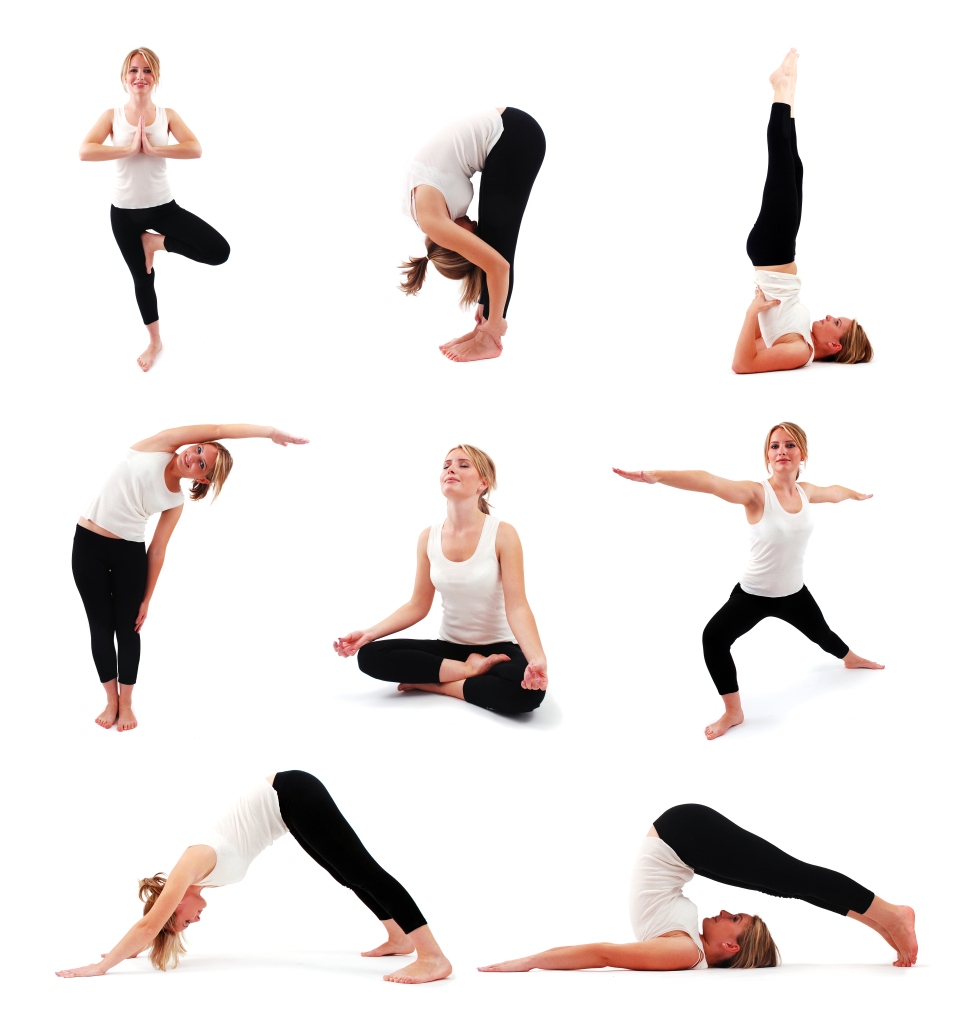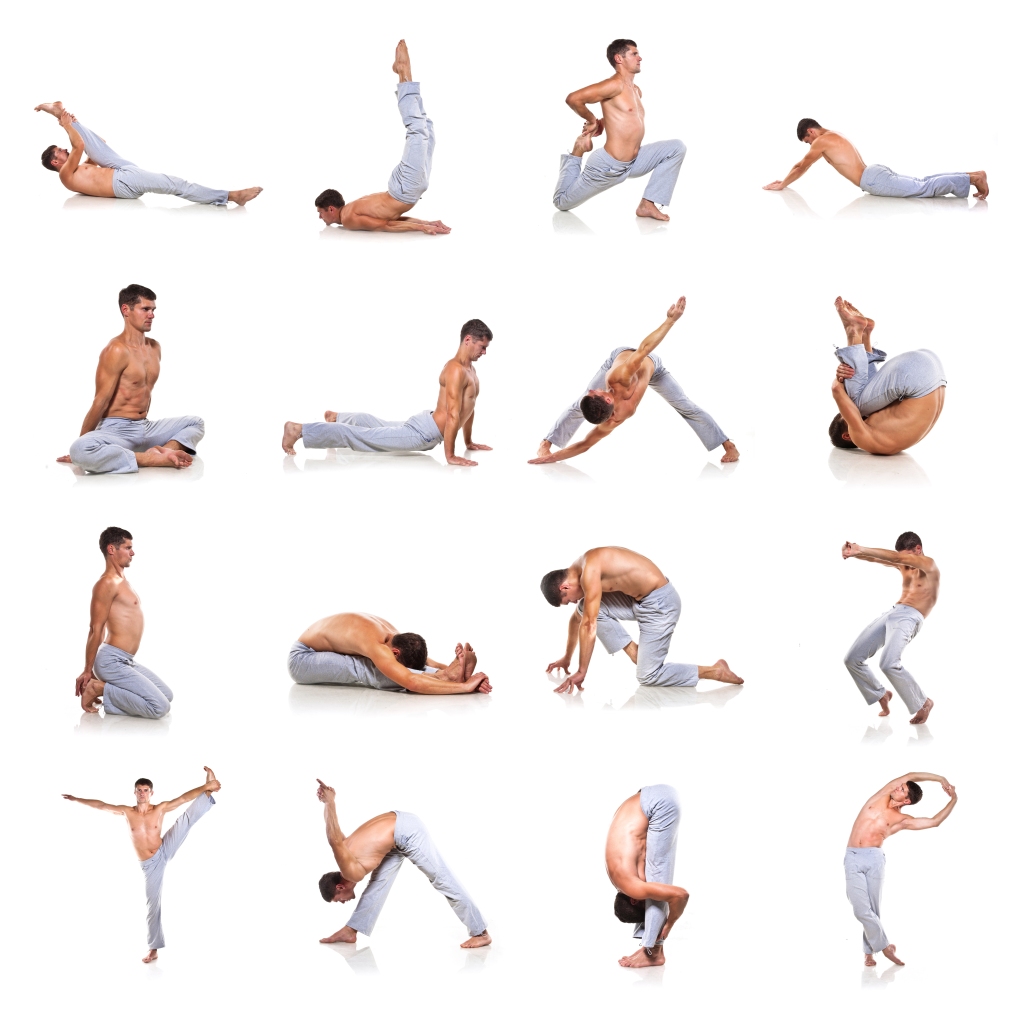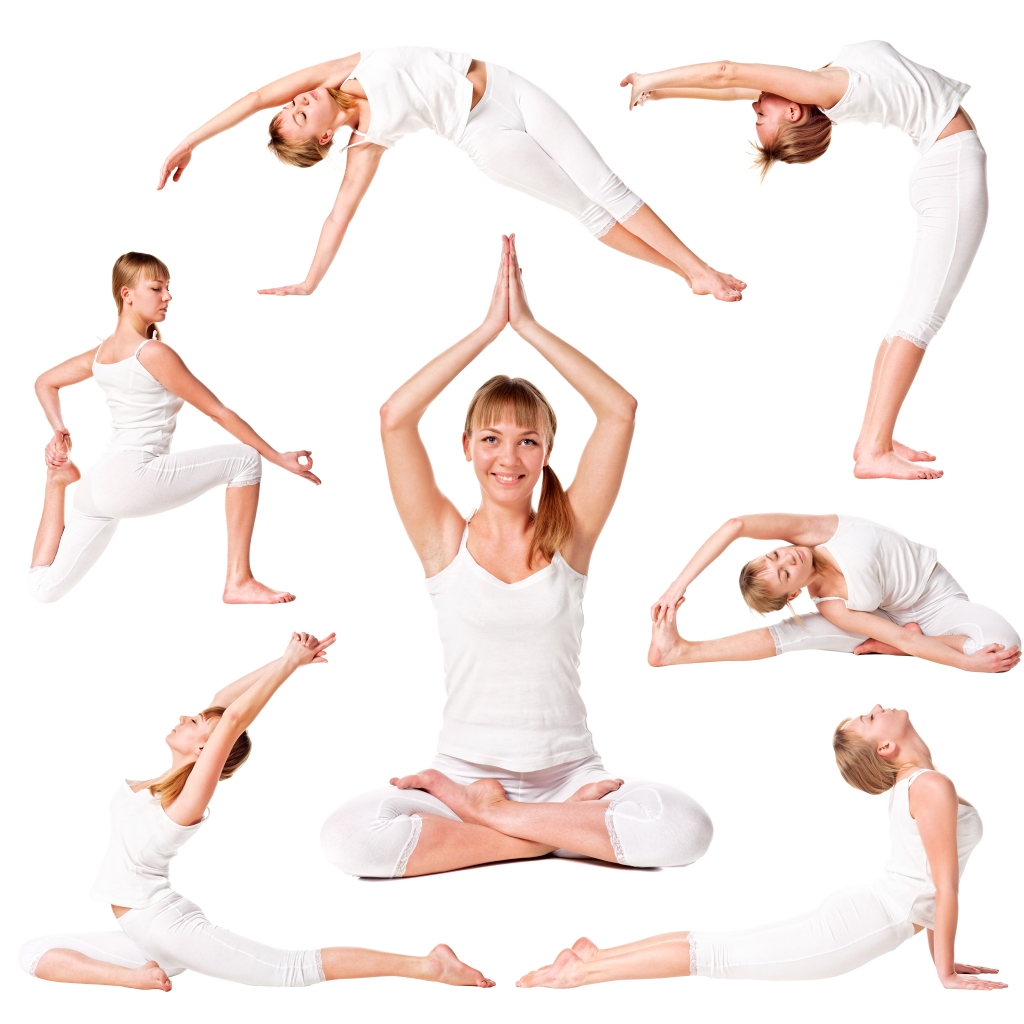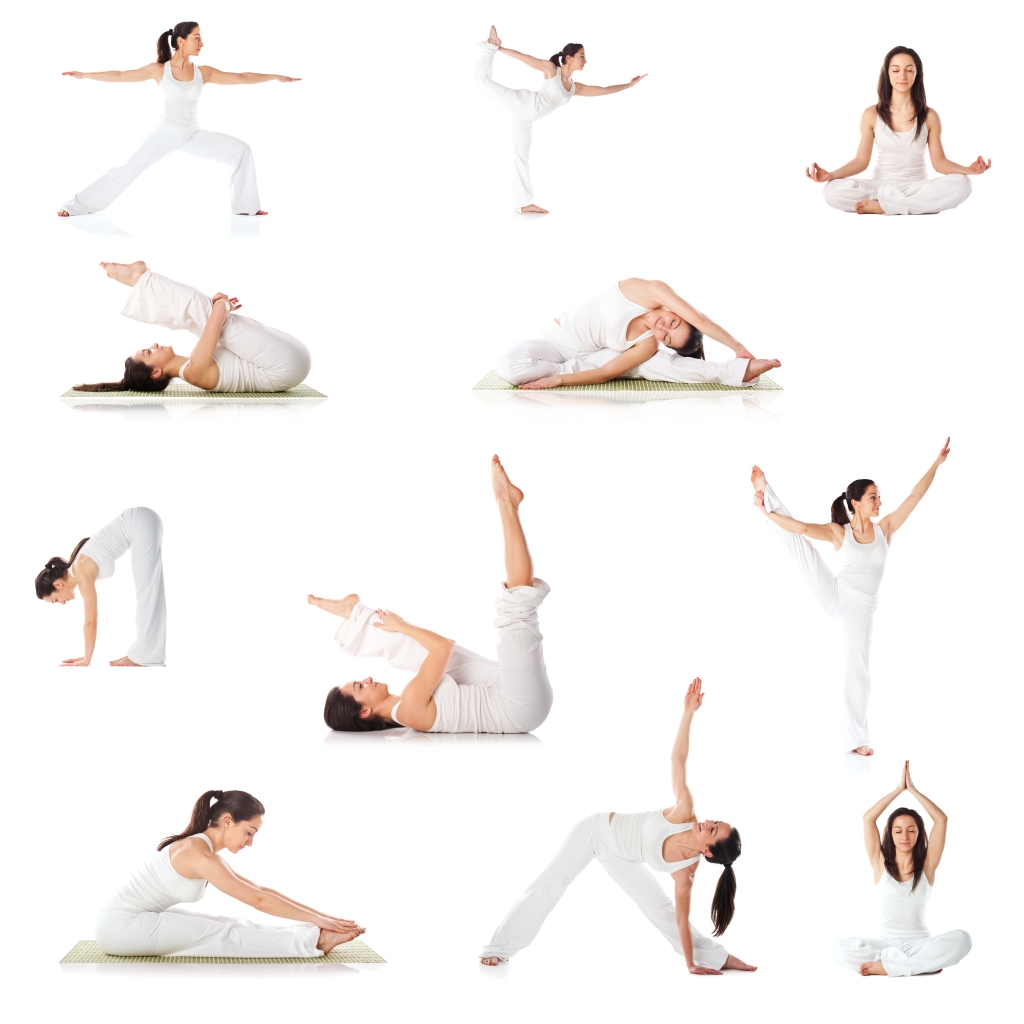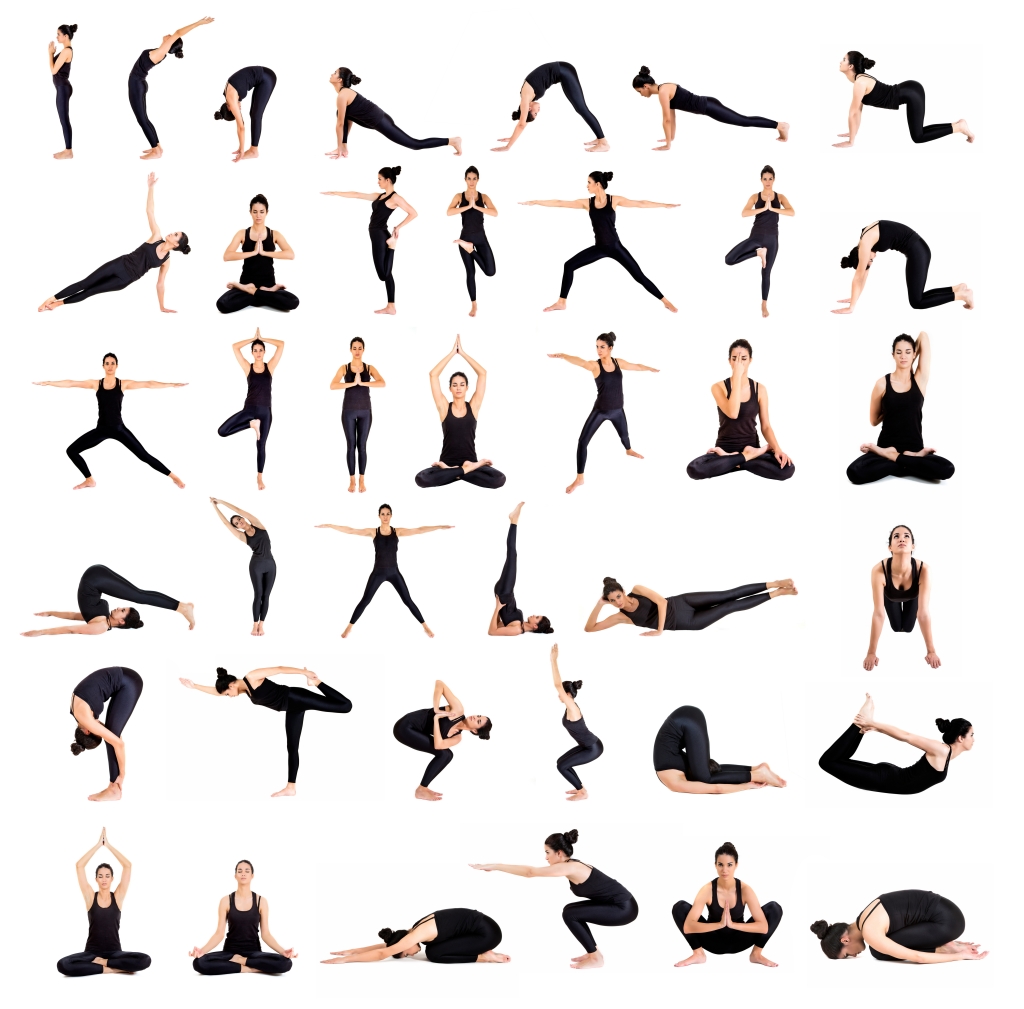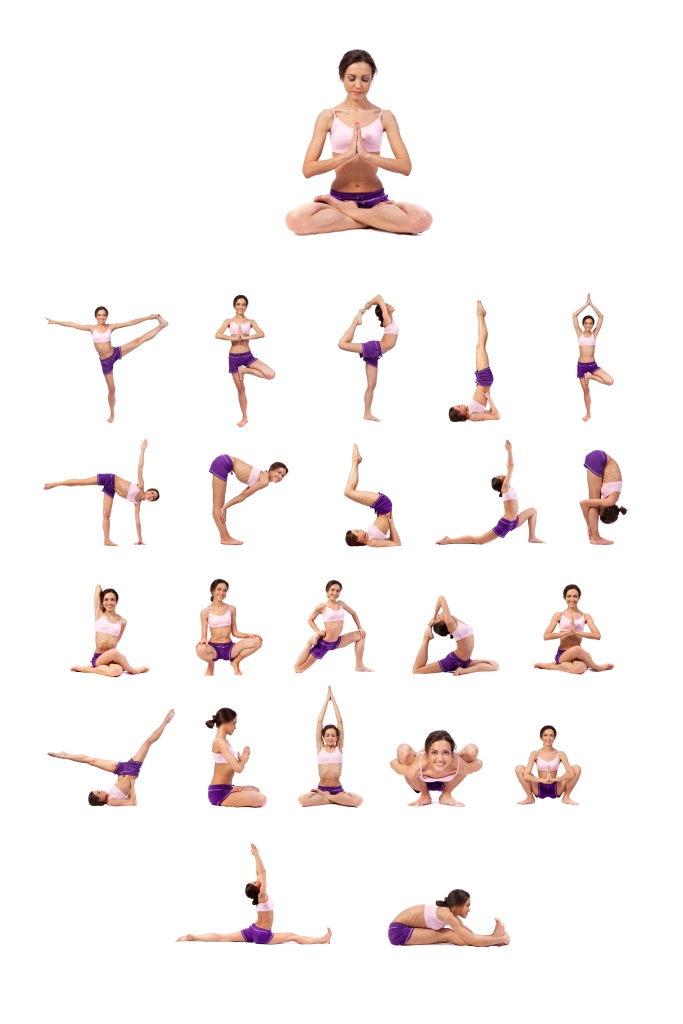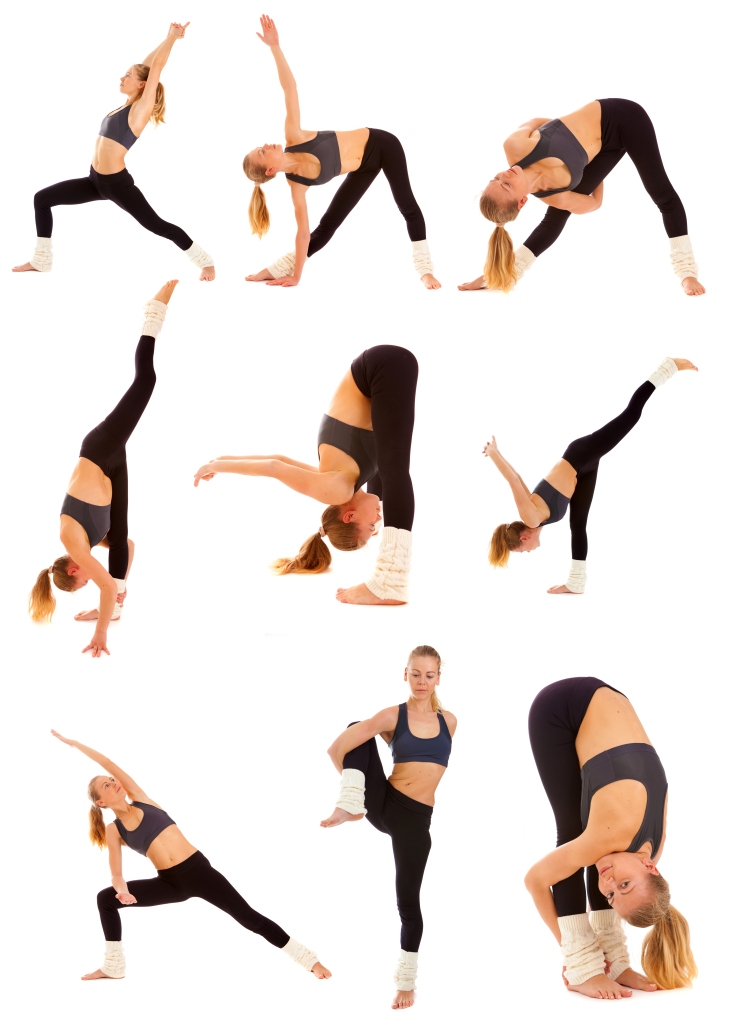Patanjali, revered as the father of modern yoga, has indeed paved the way for the transformational practice we know today. However, it is important to acknowledge the significant contributions of Tirumalai Krishnamacharya, who is also regarded as the father of modern yoga in certain parts of India. Together, their teachings have shaped the essence of yoga as we know it.
Asanas, the physical postures of yoga, are a fundamental aspect of the practice. While they encompass the physical aspects of yoga, it is essential to note that asana can also refer to specific postures. For instance, one may say, “The inverted standing posture is a challenging asana” or “This flow consists of a series of standing asanas.”
It is crucial to clarify that what many people commonly refer to as yoga is more accurately termed asanas. Yoga, in its entirety, comprises eight parts, known as the eight limbs of yoga. In addition to asanas, yoga encompasses pranayama (breathing techniques), dhyana (meditation), yama (social code of conduct), niyama (self-observation), pratyahara (sense withdrawal), dharana (concentration), and samadhi (blissful state of union).
Practicing asanas contributes and benefits our physical, mental and spiritual well-being. Regular practice of asanas enhances flexibility, strength, and balance. By moving the body through various postures, asanas strengthen the joints, ligaments, and muscles. This practice nurtures the spine, improves alignment, and increases range of motion, leading to improved quality of life.
It is important to highlight that the practice of asanas is not solely a physical exercise but a holistic endeavor for the body and mind. By synchronizing the movements with the breath, such as through ujjayi breathing, the practitioner embarks on a transformative journey towards physical, mental, and spiritual health. Asanas, when combined with breathing and concentration techniques, aid in reducing stress and anxiety, fostering a sense of calm and inner peace.
The benefits of regular asana practice extend beyond the physical and mental realms. This practice can strengthen the immune system, improve systemic circulation, enhance vascular function, regulate blood lipids, and elevate mood. By dedicating time and effort to the practice, the body can experience remarkable transformations and reap the rewards offered by asanas.
Here are some examples of some common asanas to provide you with a glimpse of the vast array of postures available:
- Tadasana (Mountain Pose): This foundational pose helps to align the body, improve posture, and promote grounding.
- Adho Mukha Svanasana (Downward Facing Dog): This posture strengthens the upper body, lengthens the spine, and energizes the entire body.
- Virabhadrasana (Warrior Pose): A family of powerful standing poses that cultivate strength, balance, and focus.
- Balasana (Child’s Pose): This gentle resting pose promotes relaxation, relieves tension in the back, and calms the mind.
- Bhujangasana (Cobra Pose): This backbend opens the chest, strengthens the back, and stimulates the digestive system.
These are just a few examples of the vast ocean of asanas available for exploration. Each posture holds its own unique benefits and purposes, contributing to the holistic well-being of the practitioner.
May this provide you with a deeper understanding of the benefits of practicing asanas and their contributions to physical, mental, and spiritual health.
In unity,
Moonlady.Yoga
